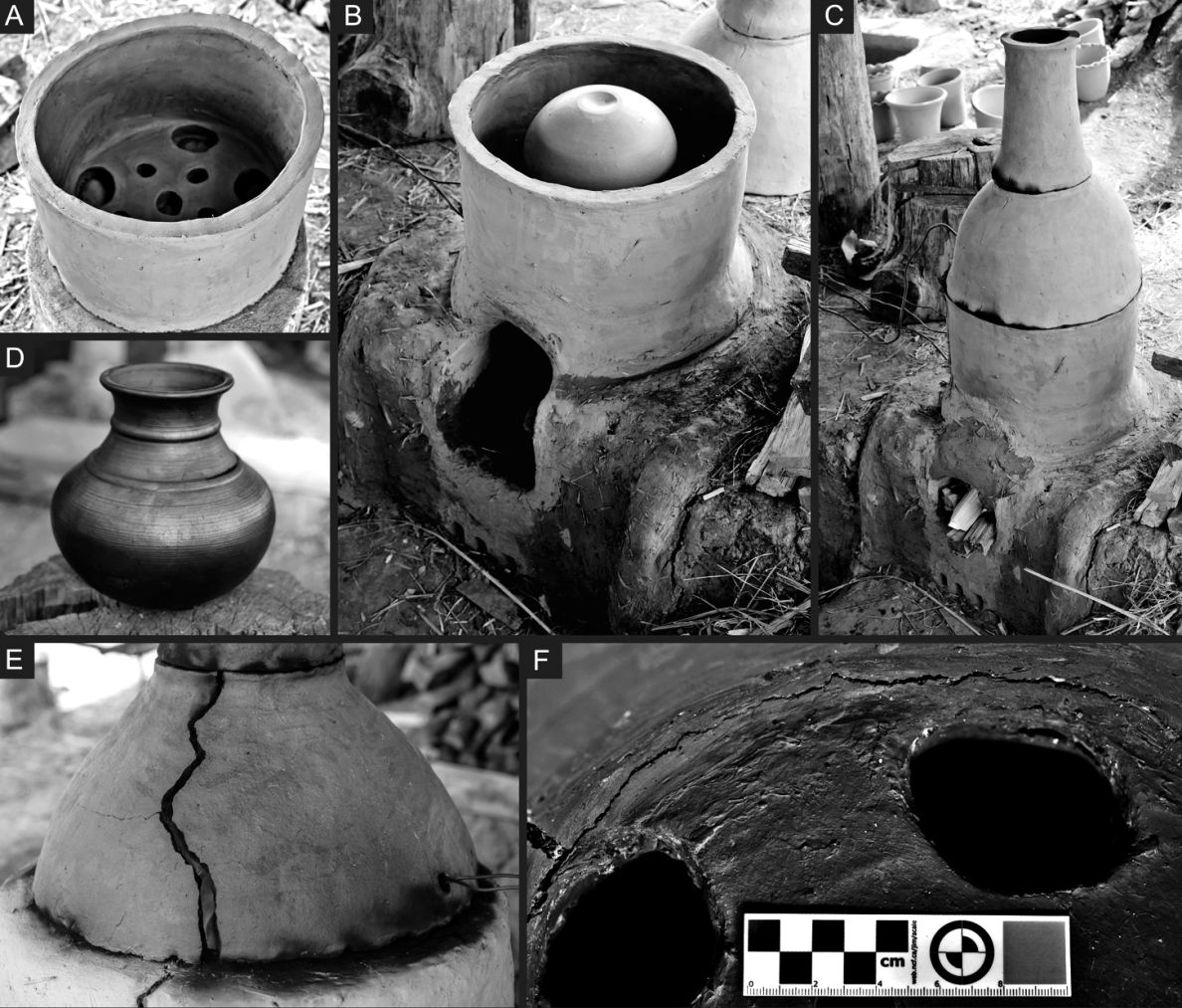On the pottery kilns with perforated floors in the Ha C – LT A period in central Europe
DOI:
https://doi.org/10.35686/AR.2015.19Keywords:
Hallstatt period, early La Tène period, Central Europe, pottery kiln, X-Ray Diffraction analysis, experimental replicationAbstract
The spread of two-chambered vertical kilns in the transalpine area is connected primarily with pottery production in the La Tène period. However, opinions on the function of the unique features of this type from earlier periods are not entirely uniform. Besides pottery, the devices are linked especially to the thermal processing of food. In order to resolve the question of their use, a small collection of the aforementioned pyrotechnological devices from the Ha C – LT A period was investigated from the perspective of its formal and metrical characteristics, and in selected cases the thermal conditions of their production and operation were studied using X-ray powder diffraction analysis. The possibilities of using the devices to fire pottery were also tested experimentally. On the basis of the obtained results, it can be stated that they were mostly devices of a construction that differed from La Tène pottery kilns. Their parameters alone make their use in the firing of pottery questionable, which in several cases was also confirmed by the results of natural science analyses and experiments.
Downloads












